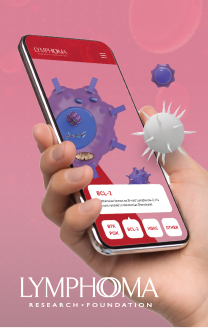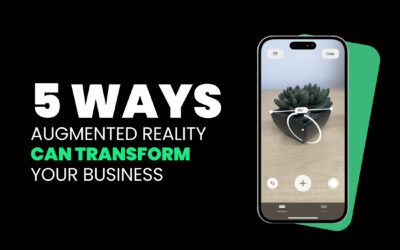
Gravity Jack is excited to share this fantastic write up by RetailerNOW magazine, answering the question of, “What is Augmented Reality?” along with Jay Wright, Vice President of Product Management at Qualcomm Vuforia. Read the excerpt where Gravity Jack’s Ryan Darbonne, Vuforia’s Jay Wright and others share their thoughts — and then head over to the link below to read the full article!
Finding the right vendor to create an effective experience
“Custom software, including augmented reality, is perhaps the truest example of ‘you get what you pay for,’” Darbonne explained. “The right vendor will bring three critical things to the table: experience, vision and comprehensive delivery. If you select a team that doesn’t [understand these capabilities], you run a very high risk of gimmicky campaigns with low impact and high attrition.”
Hollis Murphy, the webmaster and graphic designer for industrial manufacturer Sumitomo Machinery Corporation of America (SMA), contracted with Gravity Jack to help develop its application and transform it into a mobile version. “What this has done,” Murphy said, ”is pull back the curtain and reveal what we have to offer rather than distract our customers. It’s gotten the industry excited. Our sales reps, customers and people can really see and engage with products instead of flipping through a catalog. It gives a memorable experience.”
AR vs. Quick Response (QR) codes looking forward
Of those interviewed, most agree that AR seems to hold more promise than the more static QR codes (the small square-shaped codes, read with a phone’s barcode app, that bring you to a specific website).
“The two are very different,” said Jay Wright, vice president of product management at vendor Qualcomm Vuforia. “QR codes offer a quick and easy portal to product details. On the other hand, AR delivers a highly immersive, sophisticated and compelling level of customer engagement that goes far beyond what QR codes can offer.”
Darbonne explained further. “One of the real reasons AR stands out from past ‘innovative’ techniques is the lack of a downside,” he said. “QR codes were supposed to be a massive overhaul but came with terrible design, requiring space and having extremely high limitations of what can be conveyed through a code. AR is more of a comprehensive upgrade to the complete advertising and retail experience. It brings together location, buyer history, demographic information, analytics, experiences and convenience to create a powerful opportunity for retailers.”
AR drives campaigns and creates consumer loyalty and brand interactivity, said Wright, and a strong AR campaign can enable product visualization before buying, drive traffic to retail locations, support customer acquisition and retention, elevate awareness and brand affinity and increase downloads, leading to sales and brand engagement.





